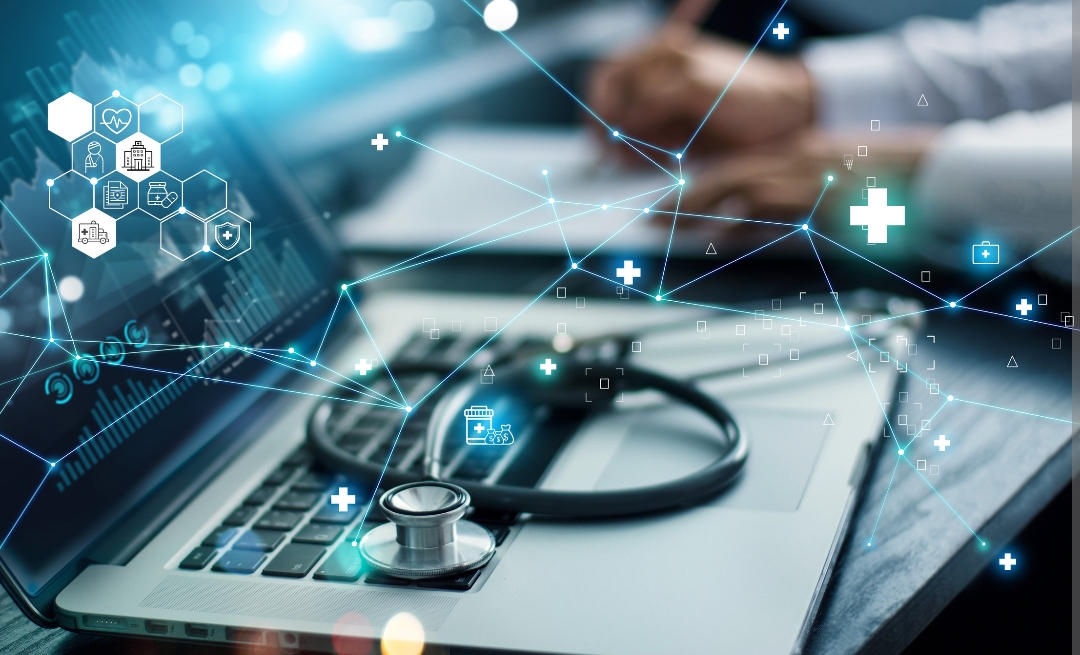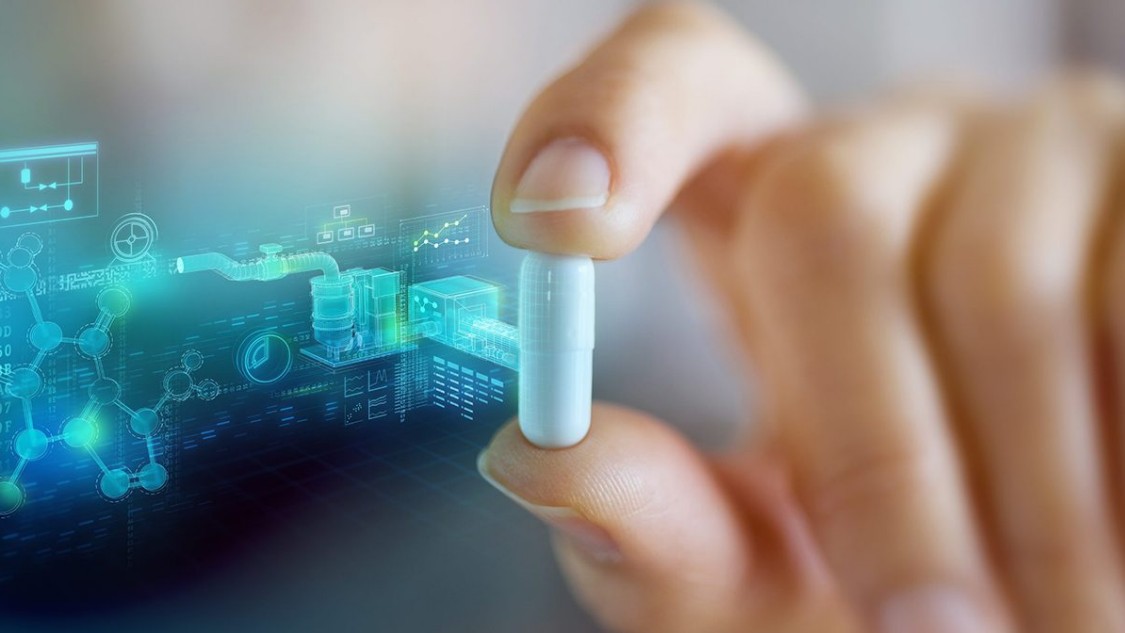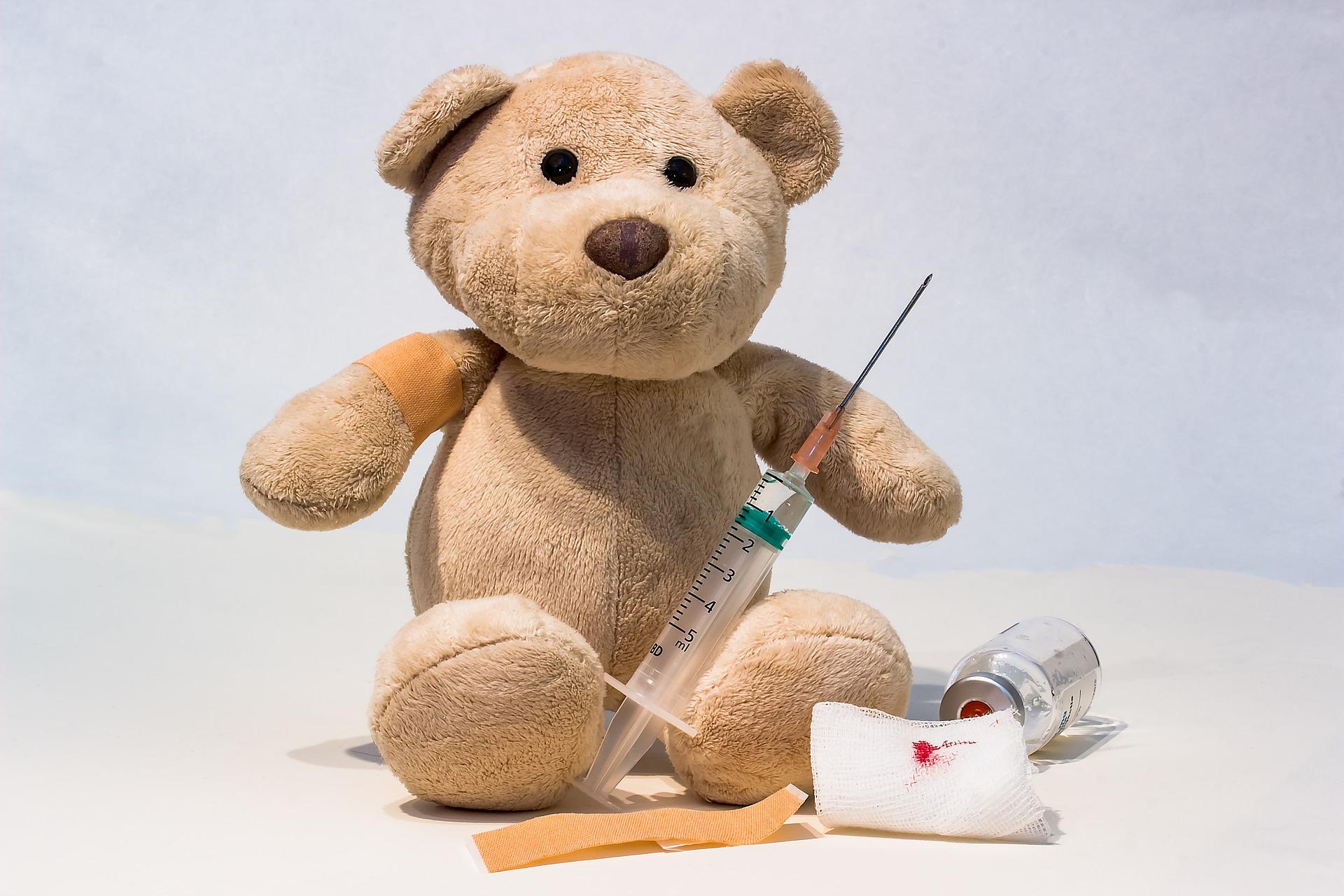
Why Big Tech Failed at Healthcare?
Big Tech sees the world as a readable map — and it’s long since catalogued every street, hill, and house and begun digitizing every book and photo. It’s even aggregated our behavior into analyzable datasets; and as the number of digital devices probing the self and the world increases, so too does the tech monopolies’ influence. The borders between digital representation and analogue reality, between map and territory, are becoming ever more elastic.
Maps don’t just enable navigation by describing the world. They also turn the world into something manageable and controllable. In this sense, tech companies’ constant search for undiscovered terrain should be no surprise. Devices like Apple Watch are just the first forays into a large-scale attempt to map life itself. Asked in 2019 about his company’s greatest contribution to humanity, Apple CEO Tim Cook answered that it would be “about health.” He could have been speaking for all of Silicon Valley.
Big Tech’s ambitions to expand into health care have gained new intensity during the pandemic. The emergency hasn’t only made GAFA (Google, Apple, Facebook, Amazon) a ubiquitous, seemingly indispensable presence in our lives. After several years of scandals and congressional hearings for the tech giants, it’s also given them a chance to rejuvenate their altruistic image by presenting themselves as champions of a new digitalized branch of health care.
In these conditions, it seems only logical that forecasts anticipate the market for digitized health care will balloon to $979 billion worldwide by 2025. The cutting-edge products and services that these companies are using to relaunch their old and idealized (self-)images will also entrench their power within surveillance capitalism, enabling them to cannibalize even remoter regions. As the geodesists of the digital world have long known, sovereign is he who has the best maps.
Google: Mapping the Body
One of the most sophisticated players in the health-mapping business is Google’s parent company Alphabet. It invests relentlessly in both health start-ups and more established companies, and has researched smart contact lenses and surgical robots. Through an AI venture named DeepMind, Alphabet has worked to develop algorithms for predicting disease progression in order to help clinics organize bed occupancies. It has even recently launched an AI-powered assist tool to identify skin conditions.
To be sure, such applications of AI carry great promise. But they also require an enormous amount of patient data. In recent years, Google has obtained millions of data records through partnerships with external health care providers — often without patient knowledge. Since 2015, Alphabet has even had an in-house specialist for collecting patient data: a subsidiary named Verily (formerly Google Life Sciences) that conducts major health studies and even promises to “redesign the future of health.”
As early as 2017, Verily set up Project Baseline, a venture for conducting studies (in collaboration with Google) into both individual diseases such as type 2 diabetes and the lifestyles of entire age cohorts. For its ongoing health study, which began in 2018, the company has provided ten thousand people with so-called Study Watches to measure their activity over a four-year period, from their daily step count to the quality of their sleep. Additionally, study subjects must regularly fill out surveys and submit to clinical tests of everything from their eyes to their blood. As Project Baseline’s website states, “We have mapped the world. Now let’s map human health.”
The project has become even broader in scope during the pandemic. While government dithered, Google and Verily got down to business developing a website to help US states and regions coordinate testing. In collaboration with local authorities, the companies bypassed bureaucratic hurdles to quickly open testing stations. Thanks to their certified testing lab, they could even offer the public drive-through COVID screenings. Since then, they have continued to expand their operations to more towns and cities. While acknowledging some setbacks and data-protection concerns, an internal report this April claimed that the venture has tested nearly 2.5 million people. Verily has also begun studies into immune system responses to COVID-19 and the distribution of antibodies among the population by drawing in part upon data from the screenings. More specifically, people who test positive for COVID-19 are offered to “contribute to crucial research” led by a “dedicated study team.” As they say in Silicon Valley, “(data) sharing is caring.”
Even a few years ago, companies seeking to access valuable patient data had to enter into expensive partnerships with health care providers. Now Alphabet is coming to resemble a health care provider itself. But it is using its new infrastructure, cloud services, AI, and datasets to not only conduct research but increasingly to grow its own business. Recently, Verily entered the insurance market and launched Healthy at Work, a program for companies and institutions to continuously screen their workforce for COVID-19. Using an app, employees fill out a daily symptom survey that lets their bosses monitor their health (including whether they’ve been vaccinated). After its launch in fall 2020, the program’s first clients included the University of Alabama and the self-driving car company Waymo. It now counts over 150,000 participating employees.
In addition to Verily’s health mapping, Alphabet also engages in traditional modes of mapping with Google Maps, which is now being used to produce Google COVID-19 Community Mobility Reports. Published every few days, these reports give authorities information about population movement trends by drawing on the aggregated and anonymized location data from smartphone users — data normally used to show how busy locations such as bars and parks are at different times of day. This illustrates how convenient services from the company can be turned into administrative tools. While the maps charted by Alphabet appear as little more than a helpful service to the average user, they are also a means of legitimizing data accumulation by surveillance capitalists while enabling them to capture new territory.
Apple: Wearable Research
California’s tech companies aren’t content with just analyzing historical movement patterns. Thinking several steps ahead, they are exploring ways to detect COVID-19 in advance. To this end, summer 2020 saw several studies developed around the sensory capacities of fitness trackers and smartwatches. For several of these studies, users of wearable devices could become “citizen scientists” by donating personal data on everything from their daily physical activity to sleep cycles.
One such study was dedicated exclusively to the Apple Watch. In the Warrior Watch Study by Mount Sinai Health System (a network of eight New York City hospitals) researchers discovered that the Apple Watch can detect minimal changes in heart rate variability — a possible sign of COVID-19 infection — up to seven days before symptoms occur. As study coauthor Zahi Fayad explained, “This technology allows us not only to track and predict health outcomes but also to intervene in a timely and remote manner, which is essential during a pandemic that requires people to stay apart.”
Renowned medical research institutes such as Scripps Research and Stanford University have developed similar studies focused on personal sensor data such as physical activity, resting heart rate, sleep, or even skin temperature. Most recently, researchers from the Seattle Flu Study and the University of Washington launched the Apple Respiratory Study, a collaboration with Apple to understand the extent to which the latest version of Apple Watch can predict respiratory illnesses like COVID-19, particularly by examining heart rate and oxygen levels in the blood.
Such studies may appear to have stemmed from the COVID crisis, but they have a long history in Silicon Valley. Since 2019, Apple Watch users have been able to use the company’s proprietary Apple Research app to give their health data to a select number of universities, hospitals, and institutions, such as the World Health Organization, in order to support new scientific discoveries or the development of innovative products. Here exposing one’s intimate data is cast not as a flaw but as part of the consumer experience, recalling sociologist Nils Zurawski’s observation that surveillance in general is increasingly coming to resemble a “feature” — hence Apple’s promotional claim that “the future of health research is you.”
For those who have followed Apple’s and Google’s health research in recent years, their April 2020 decision to work together on COVID-19 contact tracing hardly came as a surprise. Claiming there had never been “a more important moment to work together to solve one of the world’s most pressing problems” using the power of technology, the tech monopolies were not about to wait for government actors to create a contact-tracing app. Instead, they went the route of unmediated technocracy and presented their own “comprehensive solution”: a proprietarily developed interface for enabling decentralized, anonymized data exchange via Bluetooth that now forms the basis for almost all national tracing apps. To be sure, this decentralized app is favorable to centrist models enabling state surveillance on a large scale. But the fact that these companies created such a rigid and virtually inescapable standard underscores the true source of their authority: their infrastructural power.













